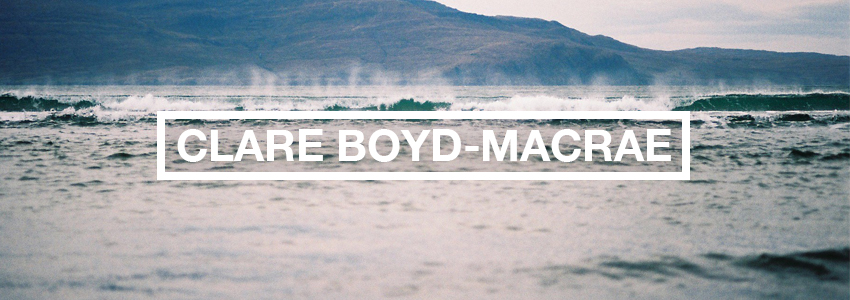Testing times
 Friday, June 27, 2014 at 10:50PM
Friday, June 27, 2014 at 10:50PM They all seem to come at once. A cheery reminder card in the mail from my dentist. A letter from breast screen telling me my biannual mammogram is due. Doubtless the communiqué from the good folk at pap smear central won’t be too far behind, and the faecal blood testing kit will arrive a few days later.
This year there are more tests than usual. A bone density scan, on account of my being of an age where osteoporosis is likely, and better diagnosed than not. Plus an MRI on my poor old knee, to see how things have deteriorated (diagnosis: grade four chondromalacia which I gather basically means it’s bone on bone in there). My glasses are not as effective as they were when I got them two years ago, and cholesterol tests are a way of life now till I die.
Preventative medicine – one of the great blessings of life in the western world.
Maybe I will never get any of these things – cancer of breast, cervix or bowel, osteoporosis or macular degeneration. But if I do, my chances will be better the earlier I catch them.
Two hundred years ago, maybe less, I would have died at 12 from a burst appendix. If I’d survived that, chances are childbirth would have got me. You’ll not get many arguments about the wonders of modern medicine from me.
When I was a kid, we had twice-yearly inoculation against cholera and typhoid. Our friend, an English nurse who worked for the World Health Organisation, held ‘injection parties’ where we would gather on the roof terrace at her place, along with all the neighbours, and get our jabs.
I hated getting needles, but my abiding memories of those evenings was of many of the local kids coming back to line up a second time. When told they only needed one, they protested that they were so happy to be spared some of the more devastating diseases in their world, they wanted to be sure.
I think of this every time some precious parent is in the press for refusing to let their child be inoculated because they fear vaccines are dangerous. I was pretty unsympathetic when parents with whom I lined up to get my own infants jabbed complained of how cruel it was, the poor little darlings.
When I trained to become a nurse, another difference I noticed between health in India and Australia was that most people in hospital in the Subcontinent were there on account of infectious diseases or illness related to malnutrition. Here, the majority of patients were there because of overindulgence in things that are deadly when taken in excess – fat, sugar, alcohol, tobacco. No doubt most had good reason for their addictions, but the contrast was striking.
I’m not likely to make myself ill with any of the above, but as we all know, anything can happen to anybody. There’s a lot you can never guard against; some, things you can. So, when the testing times come around, I’m up for everything, no matter how time-consuming, uncomfortable or expensive. Which reminds me, I need to stop putting off ringing the dentist.
 Clare |
Clare |  Post a Comment |
Post a Comment | 